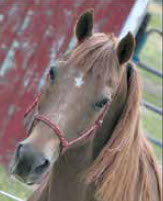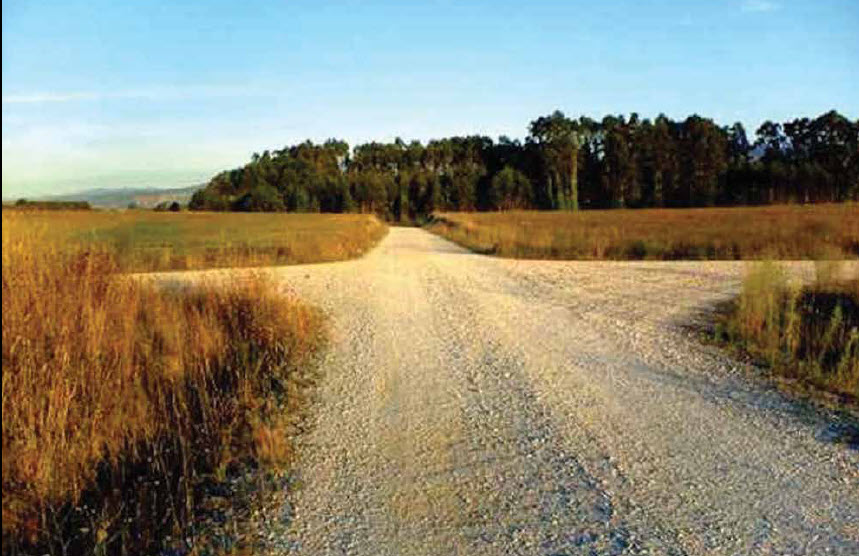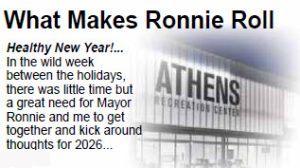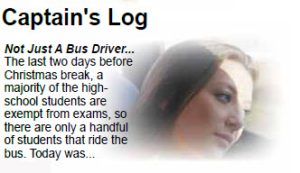 By: Deb Kitchenmaster
By: Deb Kitchenmaster
Recently, I found myself at the intersection of lameness with a horse. What direction do I go and what treatment offers the best solution to the horse’s overall health and recovery?
I put on my trouble-shooting hiking boots and stood at the entrance to the intersection of lameness and began to ask questions about the overall condition of this four-legged beautiful mare hopping on three legs. She refused to put any weight on her right hind leg. I had nothing to compare this to in my memory files. I had seen limps, favoring a hoof, original gait disrupted, but I have never had a horse hopping on three legs at the end of my rope. One moment all four legs were working just fine and suddenly, without warning, only three legs were functioning properly. Was she kicked? Did she have a broken or a chipped bone? Was she working on an abscess? Abscesses can be quite painful until they pop. What the hee-haw was going on?
We got in touch with a horsey friend who looks at hooves almost every day and asked him to stop by. He did. Nope — not a broken bone. She wouldn’t be able to flex a certain way if that was the case, so we ruled out the broken or chipped bone in leg route in the midst of the lame intersection. We were inclined to wait for an abscess to make its presence known. We waited. Administered some pain meds and put Vaseline around the coronary band and heel.
No pop. A call to a trustworthy equine vet was made and a date set. The day arrived. Nope — not an abscess. We removed the lane connected to abscess from the lameness intersection. So what is an abscess anyway? Hoof abscesses occur when bacteria enters the hoof. Usually it’s a puncture wound in the sole or a diseased white line. A bruise in the sole of the hoof can also lead to a hoof abscess. White blood cells and other inflammatory products accumulate to fight the infection. The increasing pressure within the abscess may cause it to pop. The contents of the abscess will then drain at the coronary band. Most abscesses will drain on their own timing, but it’s a slow process. In most cases, a professional hoof trimmer can solve the problem sooner by trimming and blocking. Hoof abscess is a common cause of acute lameness in horses.
The symptom of lameness remained. Lameness tells us that something within the limb or body hurts enough that the horse alters its gait to control the amount of load the affected limb has to bear.
What have we discovered thus far? Broken bone out of the equation. Abscess dismissed. The vet observed, pulled on her tail, examining her hind legs by moving and manipulating muscles and bones. Stifle. That’s what we are dealing with. It’s her stifle!
The stifle is designed for flexion and extension of the hind leg. It is the largest joint in the horse’s body and the site where the femur meets the tibia in the hind end. The vet looked to see if there were any evidences that this horse was kicked by another horse. There were none.
Now we know the lane we need to be on. As we turn onto this lane, the next step is to discern the difference between the horse’s hocks and stifle lameness. A horse with hock pain will usually point the leg and place it under the body more. A horse with stifle problems may be more apt to stand with the stifle joint rotated to the outside. This mare is reflecting hock more than stifle.
Daily this horse is being given some anti-inflammatory meds, undergoing hydrotherapy (which she absolutely welcomes), and an Epson salt poultice for muscle, joint, and hoof pain. One day at a time, and TIME is what she needs the most.
What about your walk? Has life, disappointment, grief, rejection, misunderstanding left you with a limp — a lameness? Take a deep breath. Relax, rest, and position yourself to receive love, forgiveness, and a new walk on a path of righteousness.
Your NEIGHbor,
Deb Kitchenmaster






